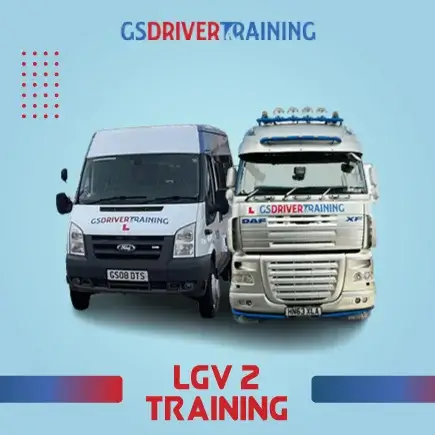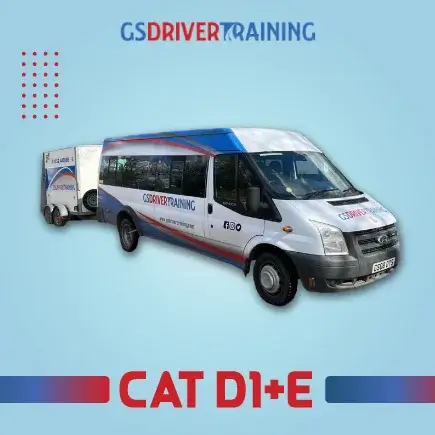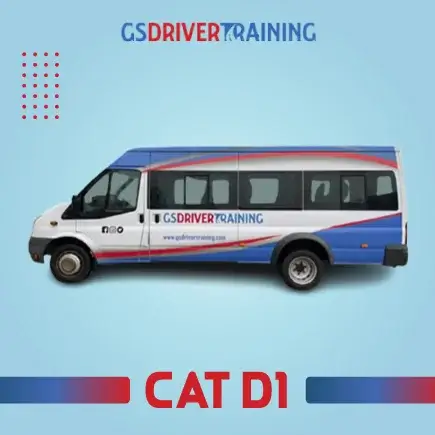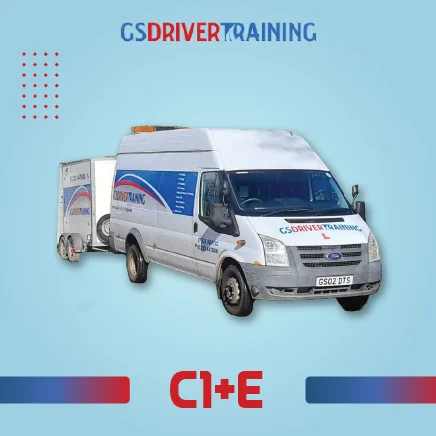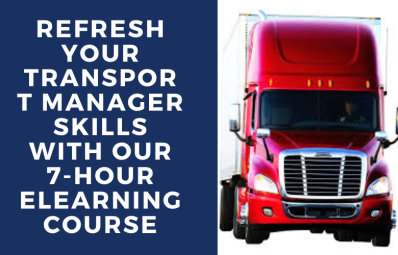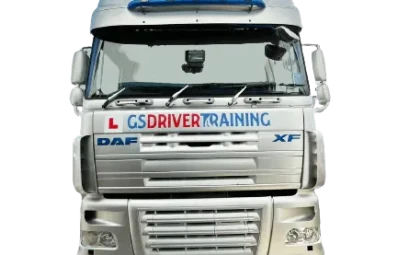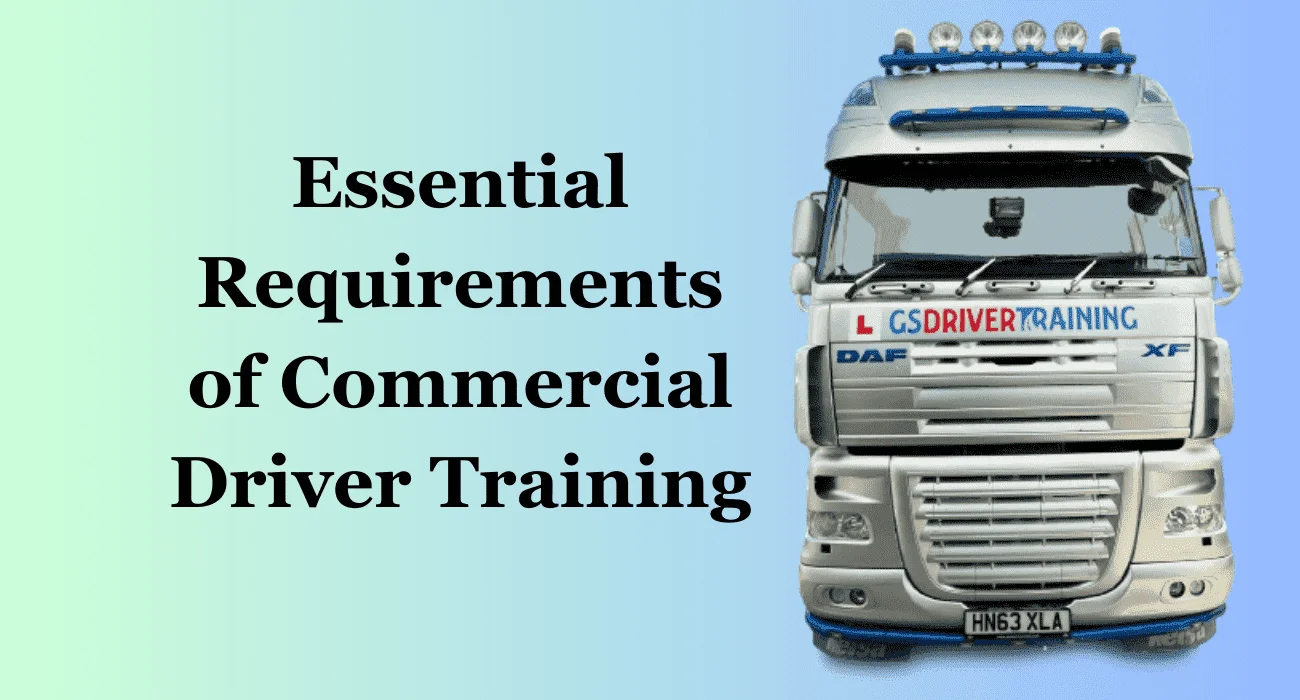
A commercial driver's licence is necessary for the lawful and safe operation of commercial vehicles, which typically transport either passengers or products. Large vans and buses, as well as other heavy-duty vehicles, fall under this category. The following are the minimal prerequisites to work as a Commercial HGV truck driver in the United Kingdom:
- You have to be at least eighteen.
- Your valid UK driver's licence is required.
- To operate a heavy-duty vehicle (HLV), you must be in good medical health and pass an HGV medical examination administered by a physician who has been approved by the Driver and Vehicle Standards Agency (DVSA).
- To drive a goods vehicle, you need a provisional licence for that class of vehicle.
- A theoretical test on HGVs is required.
- An HGV Hazard Perception test must be passed.
- You have to clear an HGV off-road exam.
- An HGV practical on-road exam must be passed.
- To drive for hire, you need a Driver Certificate of Professional Competence (CPC).
Once you fulfil all of these prerequisites, you can apply to work as an HGV truck driver. You should be able to locate a job that fits your needs and interests because so many different logistics firms and organisations employ HGV drivers.
Some Important Steps to Get the Commercial Driver Licence
- Commercial driver's licences go into various categories in the UK: C, C1, C+E, C1+E, D1, and D. To be granted one of these particular licences, you also need to fulfil requirements and clear exams. Choosing your next course of action depends critically on the type of business driver's licence you require.
- The application process for provisional driving privileges is the next step toward obtaining a commercial driving licence. However, before obtaining the commercial licence, you must possess a current UK driver's licence.
- After that, you'll get a Driver CPC card, which is necessary for driving buses, coaches, and trucks in a professional capacity.
- Every five years, you must complete 35 hours of periodic training to keep your certification current.
Some Provisional Entitlements
- When a vehicle is hauling a trailer that weighs close to 3,500 kg, a BE licence is required.
- Riding a road roller is permitted with a G licence.
- Tracked vehicles can use the H licence.
- Driving a vehicle weighing between 3,500 and 7,500 kg (with a caravan up to 750 kg) is possible with a C1 licence.
- Driving a car over 3,500 kg (with a caravan up to 750 kg) requires a C licence.
- Your D1 licence allows you to operate mini buses with a maximum passenger capacity of 16 and a maximum length of 8 metres (with a trailer weighing up to 750 kg).
- A D licence is required for bus drivers who transport more than eight people and a 750 kg trailer.
About CPC (Certificate of Professional Competence)
You must take the Driver Certificate of Professional Competence (CPC) exam to obtain your Driver CPC card (certificate of Professional Competence). A theory test is the first component of the same. There are two forms of the theoretical test. both the Hazard Perception Test and the MCQ Test.
The seven case studies of the Case Studies Driver CPC test, which is also administered on a computer, have six to eight questions per case study.
The case studies mirror the situations you are likely to encounter in your daily driving, and each evaluation takes thirty minutes to complete.
The Driver CPC Case Study and the Practical Test are the next things you must do. A practical demonstration test wraps up the Driver CPC. To schedule it, you need to have passed the case studies exam. This test covers your ability to secure your car, load it safely, stop the trafficking of illegal immigrants, and other related skills.
Also Read: Truck Driver Training
Our Happy Customers
LGV 1 Training
LGV 2 Training
Caravan Course
Car + Trailer B+E
Young Drivers Experience
HGV Class 1 or 2 (45 min)
HGV Class 1 or 2 (60 min)
PCV (45 min)
Fast track C+E 28 hour course - Additions & CPC (Fast Track C+E Course)


